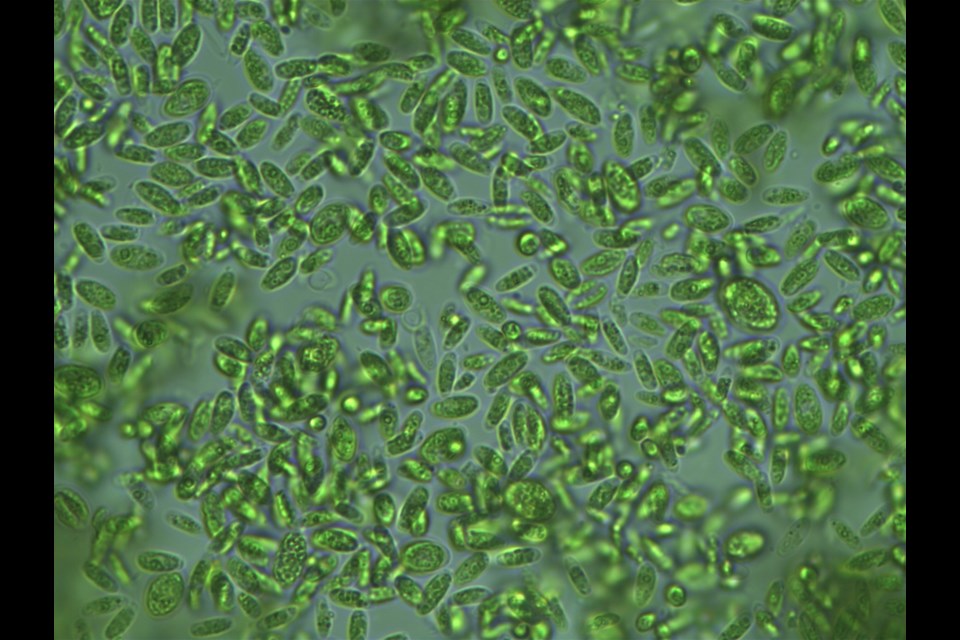Mine tailings aren’t something most people want to have around. But what if we told you they might play a role, in a roundabout way, in the fight against some types of cancer?
Dr. Gerusa Senhorinho, a postdoctoral fellow at Laurentian University, is glad that pandemic restrictions are easing because she is now able to get back to work in her laboratory again. She works in Sudbury studying the properties of microalgae that exist in low pH environments, such as old mine tailings water.
The research so far has determined that some of the extracts from the algae might be useful in fighting some types of cancer.
The work, which has been underway for several years in Sudbury, was originally aimed at finding if mine water algae could be useful in creating antibiotics.
“So then we decided it is not harming normal cells so far, what would happen to cancer cells?"
She said the suggestion came from one of her colleagues who was working on cancer cells at the time. Sinhorinho said there are more than a dozen students and scientists on the project.
"Once we started getting those results, that actually made us extremely excited," Senhorinho recalled.
She said tests were done applying the algae extracts against ovarian cancer cells first and then breast cancer cells. She said they weren't sure what would happen because the ovarian cancer cells were aggressive.
"They proliferate very quickly. It is a very invasive type of cancer. The breast cancer cells as well."
Within 24 hours, Senhorinho said results were becoming known.
"You could see that those cells were not able to survive," she explained.
"That made us even more excited about the whole research."
She said what the researchers found more interesting was how the microalgae were able to survive in an extreme environment.
"The microalgae are under stress, especially the microalgae from these environments around mine sites, with high concentrations of metals and very low pH," said Sinhorinho.
"All of a sudden we get microalgae from pH 2.9 or 2.8 or even less and they're surviving well and growing well. So the question is how are these organisms able to survive that. And because they had to cope with that stress on their cells, they had to do something inside their cells to make sure they could survive that environment."
She said there are so many sources of high-stress microalgae from metallic environments across Northern Ontario that the work will continue to search out newer compounds. She said there are close to 5,000 old and abandoned mine workings that might produce microalgae.
"We will try to find more microalgae and see how they are coping. They are probably producing something interesting."
– Sudbury.com




